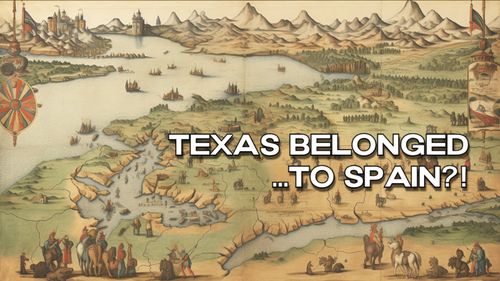How did Spain assert its claim to Texas in 1519?
Dec 07, 2023 · 2 mins read
0
Share

In 1519, Spanish exploration led by Alonso Alvarez de Pineda mapped the Gulf Coast, likely the first European contact with Texas. This mapping expedition laid the groundwork for Spain's territorial claim.
Save
Share
The Spanish Crown asserted control through the Doctrine of Discovery, a principle granting Christian explorers the right to claim lands they discovered and convert the indigenous populations to Christianity.
Save
Share
In 1682, the Spanish built missions and presidios, fortifications, to strengthen their presence in Texas. This marked a tangible effort to solidify their claim through colonization and control.
Save
Share
Spain's claim was further supported by subsequent explorations, such as those led by Álvar Núñez Cabeza de Vaca, whose accounts of Texas furthered European understanding of the region's geography and inhabitants.
Save
Share
The Spanish established missions to convert indigenous people to Catholicism. This strategic move aimed to strengthen Spain's claim by assimilating native communities into Spanish culture and governance.
Save
Share
The founding of San Antonio in 1718 as a Spanish civilian settlement and military outpost bolstered Spain's territorial assertion, contributing to the gradual expansion of Spanish influence in Texas.
Save
Share
Spain encountered challenges to its claim, notably French explorations led by La Salle in the late 1600s, which established Fort St. Louis. This led to territorial disputes between Spain and France.
Save
Share
Treaties such as the Adams-Onís Treaty in 1819 solidified Spain's formal relinquishment of claims to Texas to the United States, ending Spain's direct control over the region.
Save
Share
Despite Spain's initial claims, Texas later transitioned through various hands, from Mexican control to its independence and eventual annexation by the United States.
Save
Share
Spain's early exploration, establishment of missions, and fortifications laid the groundwork for the complex historical evolution of Texas, shaping its cultural and political landscape.
Save
Share
0